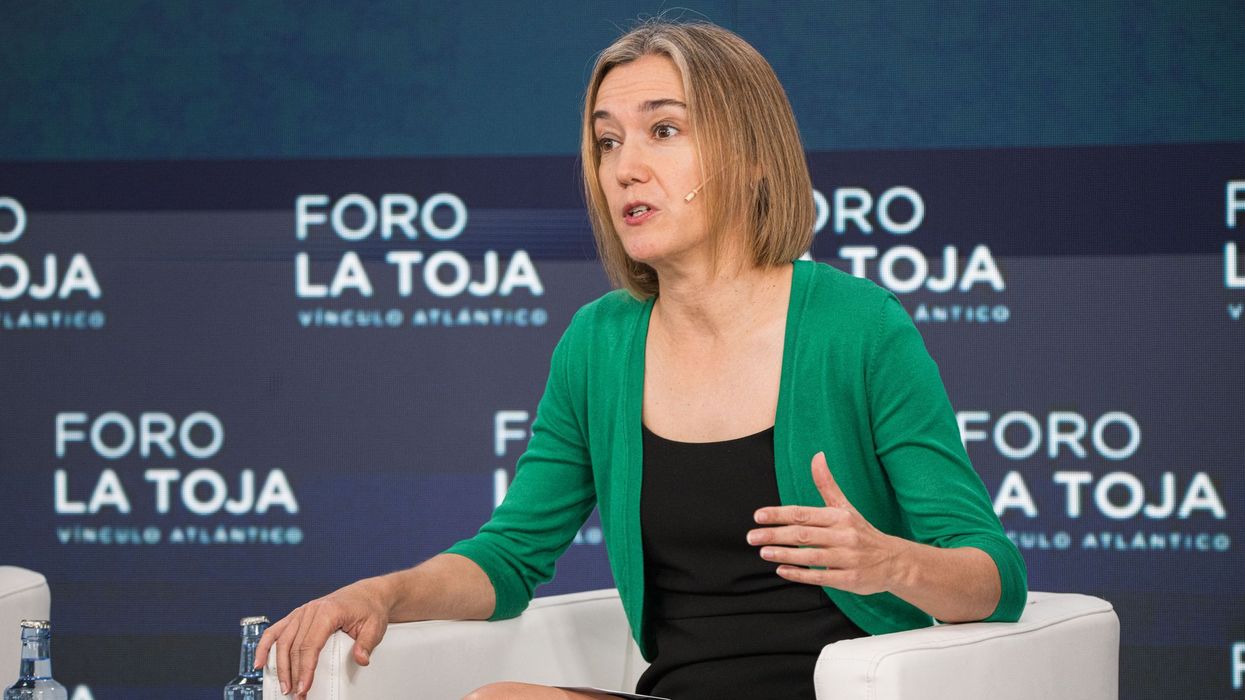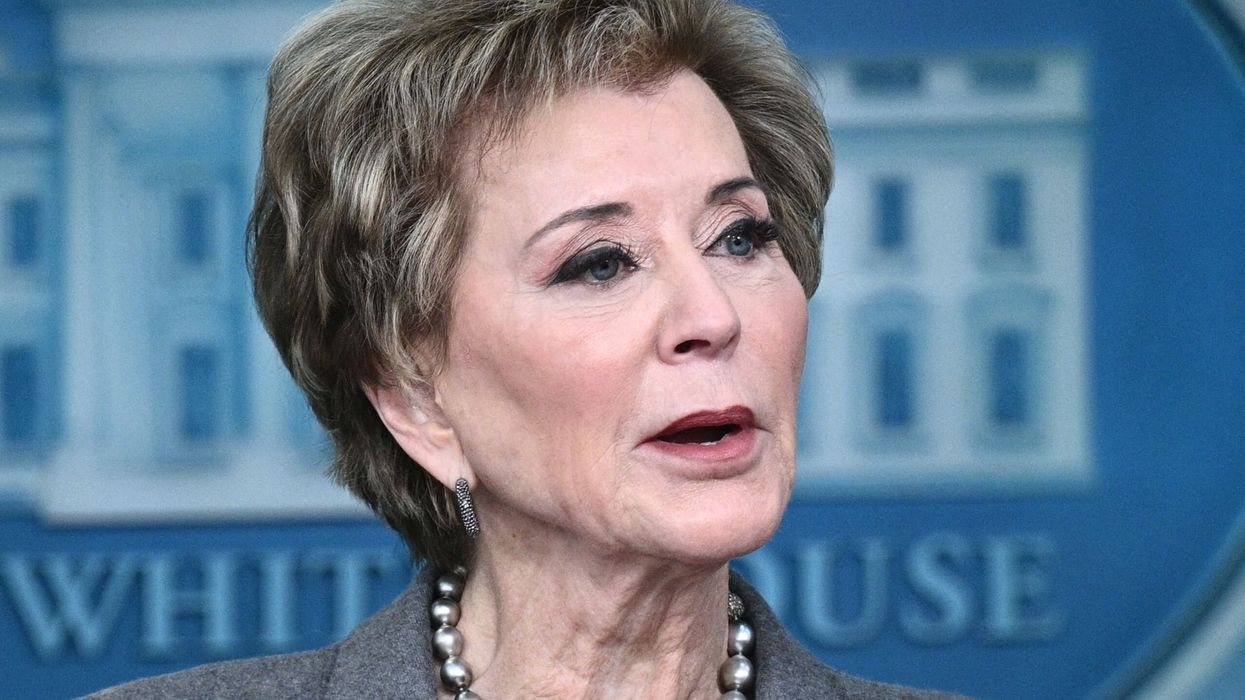Mamdani Taps 'Unafraid and Unbought' Julie Su as First NYC Deputy Mayor for Economic Justice
"What a thrilling day for the working class of New York City," said one local labor leader.
In a move cheered by advocates for the working class, New York City Mayor-elect Zohran Mamdani said Friday that former acting US Labor Secretary Julie Su will serve as the city's first-ever deputy mayor for economic justice.
"Welcome to a new era, Julie Su," Mamdani, a Democrat, said in a social media post announcing the appointment. "As former US secretary of labor, Julie played a central role in fighting for workers, ensuring a just day's pay for a hard day's work, and saving the pensions of more than a million union workers and retirees."
Speaking at a Friday press conference in Staten Island with Mamdani and Deputy Mayor for Housing nominee Leila Bozorg, Su said: "In the richest city in the richest country in the world, no one should be treated as disposable. Dignity on the job is not a privilege but a right, justice is not abstract but it is felt in a paycheck you can live on, a schedule that you can build a life around, a workplace where your voice matters, and a city that has your back.”
Su, who had previously served as California labor secretary and deputy US labor secretary, was nominated by former President Joe Biden to permanently lead the Department of Labor. However, Republicans and some right-wing Democrats in the US Senate blocked her appointment, so Biden installed her in an acting capacity, in which she served from March 2023 until the end of the Democrat's administration in January.
During her tenure, Su championed gig workers; fought to preserve pensions for retirees; pushed for workplace protections from Covid-19 and environmental harms; and helped negotiate labor agreements for healthcare professionals, flight attendants, and others.
Su will now work with Mamdani, a democratic socialist, as he seeks to deliver on his campaign promises of free public childcare and municipal buses, a freeze on rent-stabilized housing, and city-owned grocery stores to residents of the nation's largest city.
"What a thrilling day for the working class of New York City to have the first-ever deputy mayor for economic justice to ensure that our issues are front [and] center at every level of city government," New York Taxi Workers Alliance executive director Bhairavi Desai said in a statement.
"With the appointment of the esteemed Julie Su—who is unafraid and unbought by corporate interests—Mayor-elect Zohran Mamdani is cementing the highest, uncompromised, and effective standards for a better life for New Yorkers abandoned and betrayed in decades past," Desai added.
The NYC Central Labor Council of the AFL-CIO said on Bluesky: "Big news! Julie Su as deputy mayor for economic justice brings deep experience enforcing labor law, fighting wage theft, and standing up for working families."
"She’s known and respected across the labor movement, including here in NYC," the council added. "Looking forward to working with a proven champion for workers at City Hall!"
Service Employees International Union international president April Verrett said on X that Su "has spent her career standing with workers and holding powerful interests to account."
"Bringing her into City Hall says New York is done talking and ready to throw down for the people who keep this city moving," she added.


